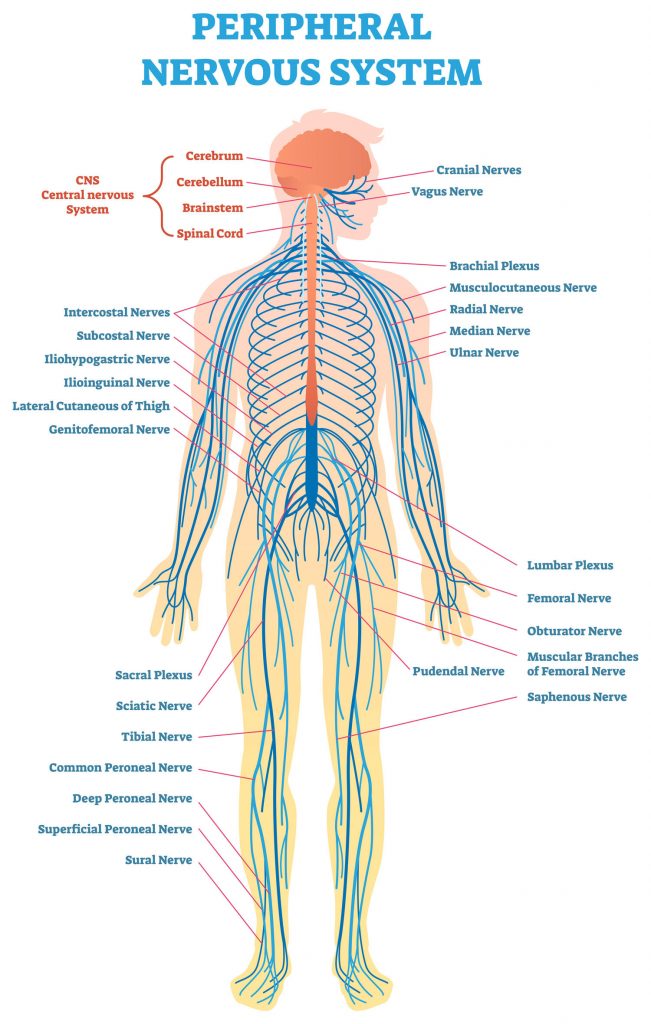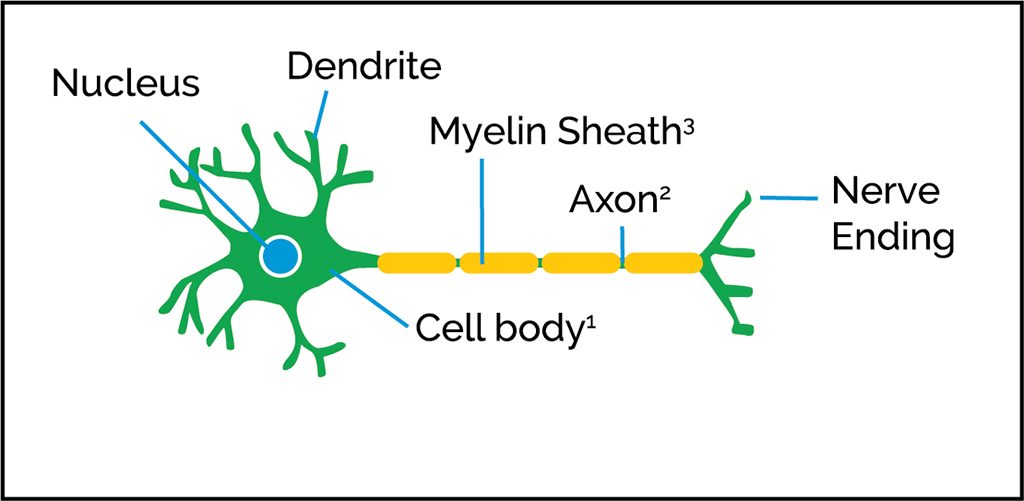CMT 101: Understanding CMT & the Peripheral Nervous System
WATCH: Understand CMT in Just 5 Minutes
What is CMT, how does it affect the body and what are the basics you should know about the disease? In just five minutes, research expert Dr. Grace Pavlath shares an overview of CMT and the peripheral nervous system that anyone can understand as part of our CMT 101 video series.
Understanding CMT
CMT is a disorder of the peripheral nerves. The peripheral nerves carry information to and from the brain and spinal cord. CMT causes nerves to disfunction, resulting in the loss of sensation and muscle deterioration. This leads to symptoms that include balance issues, foot abnormalities and trouble walking. CMT is progressive, meaning it gets worse with time. There are an estimated 150,000 individuals affected by CMT in the United States and three million worldwide.
Understanding the Peripheral Nervous System
The peripheral nervous system, or PNS for short, is a system that allows nerve signals to be transmitted throughout the body — similar to how power lines connect power plants to buildings in our communities.
We have two types of nervous systems in our body. The central nervous system (CNS) is made up of the brain and spinal cord.
The peripheral nervous system (PNS) consists of sensory and motor nerves.
The PNS carries out four major functions in the body:
- It connects the central nervous system to our organs, limbs and skin.
- It allows the brain and spinal cord to send and receive information to and from other areas of the body.
- It carries sensory information to and from the central nervous system. (This is why you can play the violin or feel pain when you touch a hot stove.)
- It regulates involuntary body functions, like heartbeat and breathing.

Understanding Nerve Cells and Nerve Dysfunction in the Peripheral Nervous System
To better understand CMT, it is important to know some basic facts about the nerve cells of the peripheral nervous system.
Signals are carried by axons of the nerves. They can be very long. The ones that move your toes or fingers reach all the way from your spinal cord to your fingers and toes. Axons are covered by an insulating material called myelin. Think of this like what occurs in the electrical wires in your home. Myelin is produced by cells called Schwann cells, and the myelin wraps around the axon.

CMT can cause two types of nerve disfunction. In the first, the myelin sheath decays (we call this demyelination). With the loss of the myelin insulation, the nerve signal down the axon is slowed. The second type occurs when the axon itself degrades. When this happens, fewer nerves are available to send signals in the body. The nerves with the longest axons tend to be most affected, which is why a person’s arms and legs are often first affected by CMT.
Learn more about CMT and stay up to date on the latest research the CMT Research Foundation is funding to find treatments and cures by signing up for our e-newsletter.
Address
4062 Peachtree Road
Suite A209
Atlanta, GA 30319
Phone Number
404.806.7180
